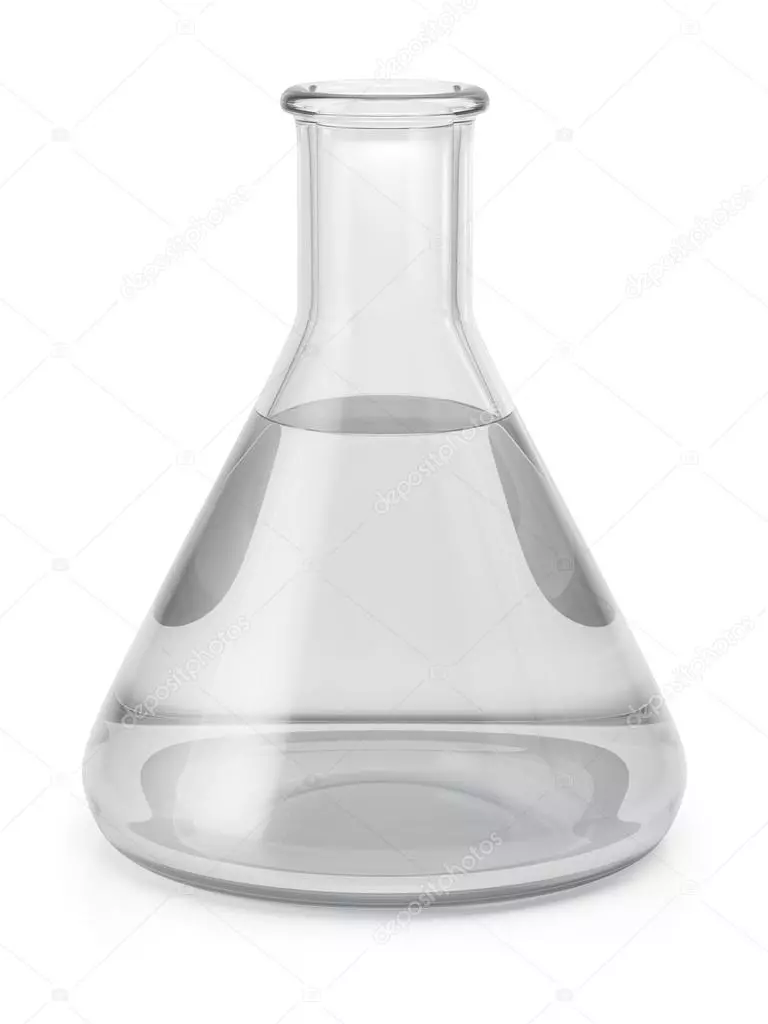Appearance
Clear Colorless Liquid
Common Names
Methanoic Acid, Formylic Acid, Hydrogen Carboxylic Acid, Aminic Acid
Packaging
1000 @ 25 kg PE Jerry cans, 25 MT / 20FCL
Formic acid is the simplest carboxylic acid and has a molecular formula of HCOOH. It has a pungent and penetrating odor at room temperature. It is also miscible with water and most polar organic solvents but immiscible in non-polar solvents.
Formic acid can be found in the venom of ants. It can undergo a series of organic reactions to form other relevant organic compounds, such as with alcohol to form esters, reduction to form aldehydes, decomposition to form carbon dioxide and water, and reaction with sulfuric acid to yield carbon monoxide.
To put it simply, formic acid's molecular formula is HCOOH, making it the simplest carboxylic acid. At room temperature, the stench is strong and pervasive. Water and most polar organic solvents are also miscible with it, however it is incompatible with non-polar solvents.
The venom of ants contains formic acid. It can be reduced to make aldehydes, decomposed to produce carbon dioxide and water, and reacted with sulfuric acid to yield carbon monoxide, among other related organic molecules. In order to ensure the highest quality of your formic acid buy online, it is important to deal only with the most reputable Formic Acid Suppliers.
There is a vast variety of applications for formic acid. When used topically, it kills the tracheal mite that causes respiratory irritation. It is utilized as an alternative to mineral acids in certain toilet bowl cleansers and limescale removers. Perfume esters are extracted from this substance. It is also being studied for possible usage in fuel cells. In the making of rubber, it serves as a coagulant. It plays a role in the process of tanning and making leather. In order to prevent the spread of E. coli, it is also added to animal feed in the poultry industry.
Formic acid can be manufactured with the reaction of methanol and carbon monoxide, in the presence of a strong base such as sodium methoxide. The methyl formate formed is then hydrolyzed to yield formic acid and regenerate methanol. With the regeneration of methanol, only a catalytic amount of methanol is required for the whole manufacturing process.
CH3OH + CO → HCO2CH3
HCO2CH3 + H2O → HCO2H + CH3OH
Formic acid is also a by-product of the manufacturing of acetic acid. When acetic acid is manufactured via the acetaldehyde oxidation method, butane is oxidized, and ethylene is hydrated via the Wacker process to obtain acetaldehyde. Further oxidation of acetaldehyde yields acetic acid, with a significant amount of formic acid as a by-product.
Formic acid can also be formed from the hydrogenation of carbon dioxide or by heating oxalic acid in glycerol catalyst and extraction by steam distillation. Alternatively, oxidation of biomass such as sugars, wood, and waste paper can yield formic acid and carbon dioxide.
As feed additive, feed and premix raw material, and also feed preservatives, this product is suitable for poultry, but safe for all animals
